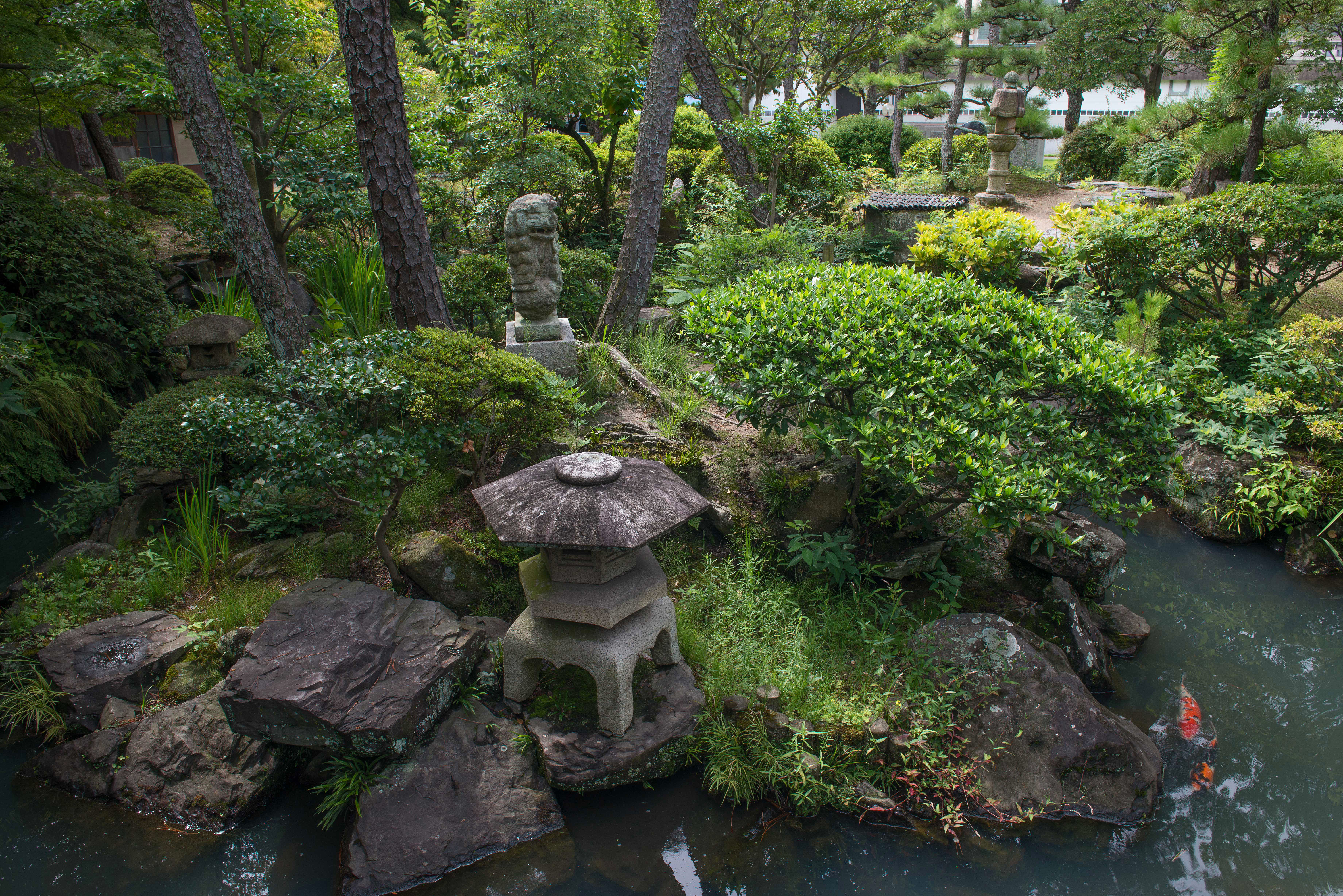Timing, as they say, is everything. With a bad habit of turning up to places and appointments too early, I often find myself wandering through train stations and pocket parks, and past the shuttered doorways of shops.
I've done it again — 7 a.m. is clearly the wrong time to arrive in historic Kurashiki, a city just beginning to wake up. The station area at this hour is bleak, the shabby contemporary city replicating 1,000 other randomly cobbled together urban melees.
One place that never closes, and has managed to avoid the design lapses that still disfigure many Japanese cities, is Achi Shrine. The site, accessed after passing through a stone torii gate, is located at the top of a long flight of steps. The view from the edge of the well-appointed grounds — which stand like an aerial terrace above Kurashiki — is of a town planner's draft, a cultural geographer's map of urban growth; from the postwar sprawl typified by the compression of buildings contiguous with highways and railroad tracks, to the painted walls and turrets of Kurashiki Tivoli Park, a children's storybook theme park, replete with artificial lakes, palaces and a Ferris wheel, to the well-ordered Edo Period (1603-1868) grid of Bikan, the original town.

















With your current subscription plan you can comment on stories. However, before writing your first comment, please create a display name in the Profile section of your subscriber account page.